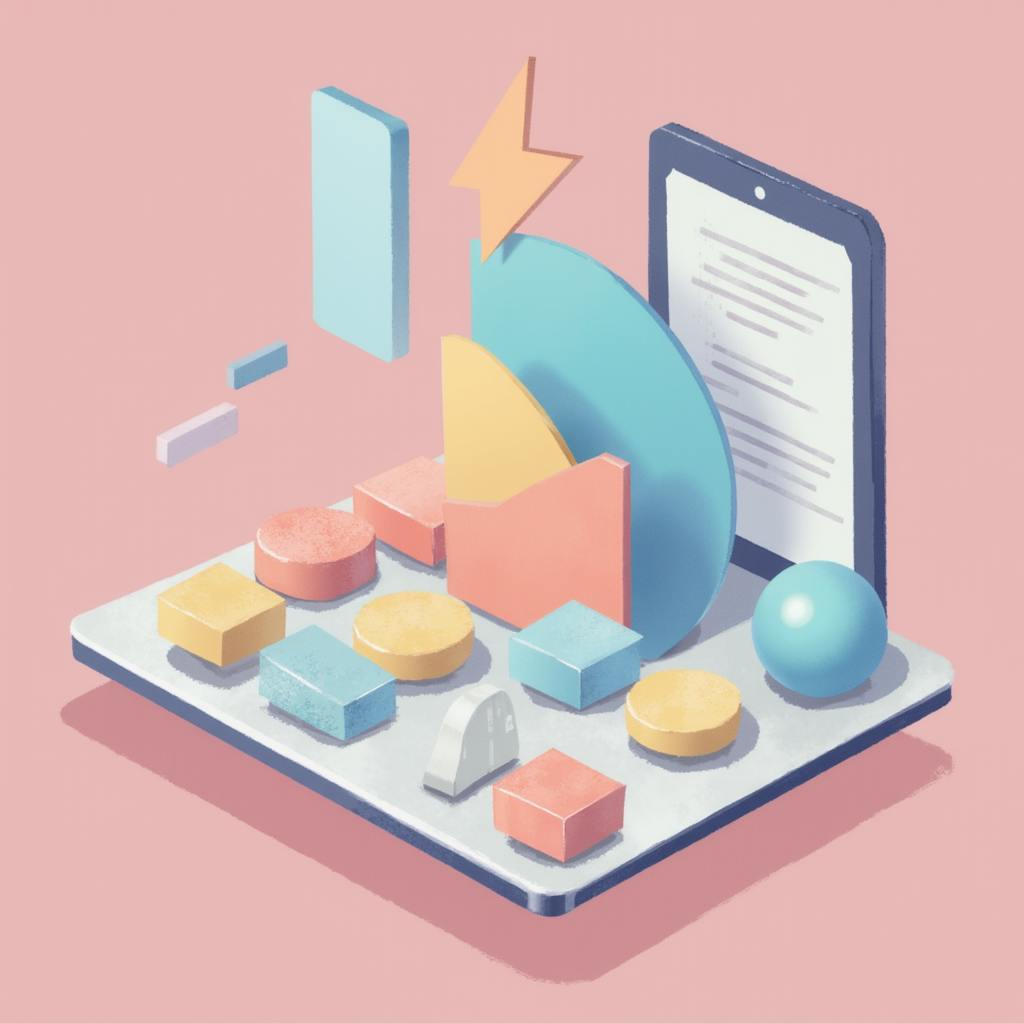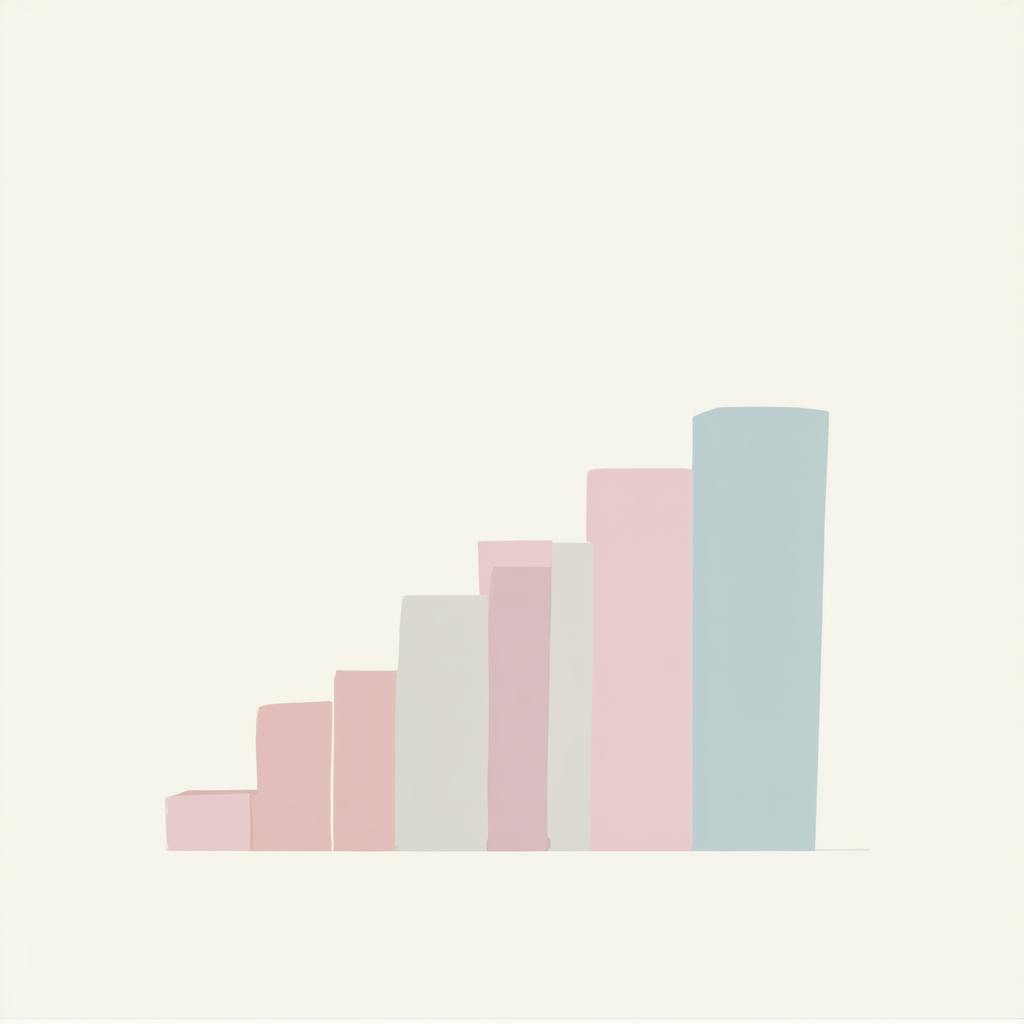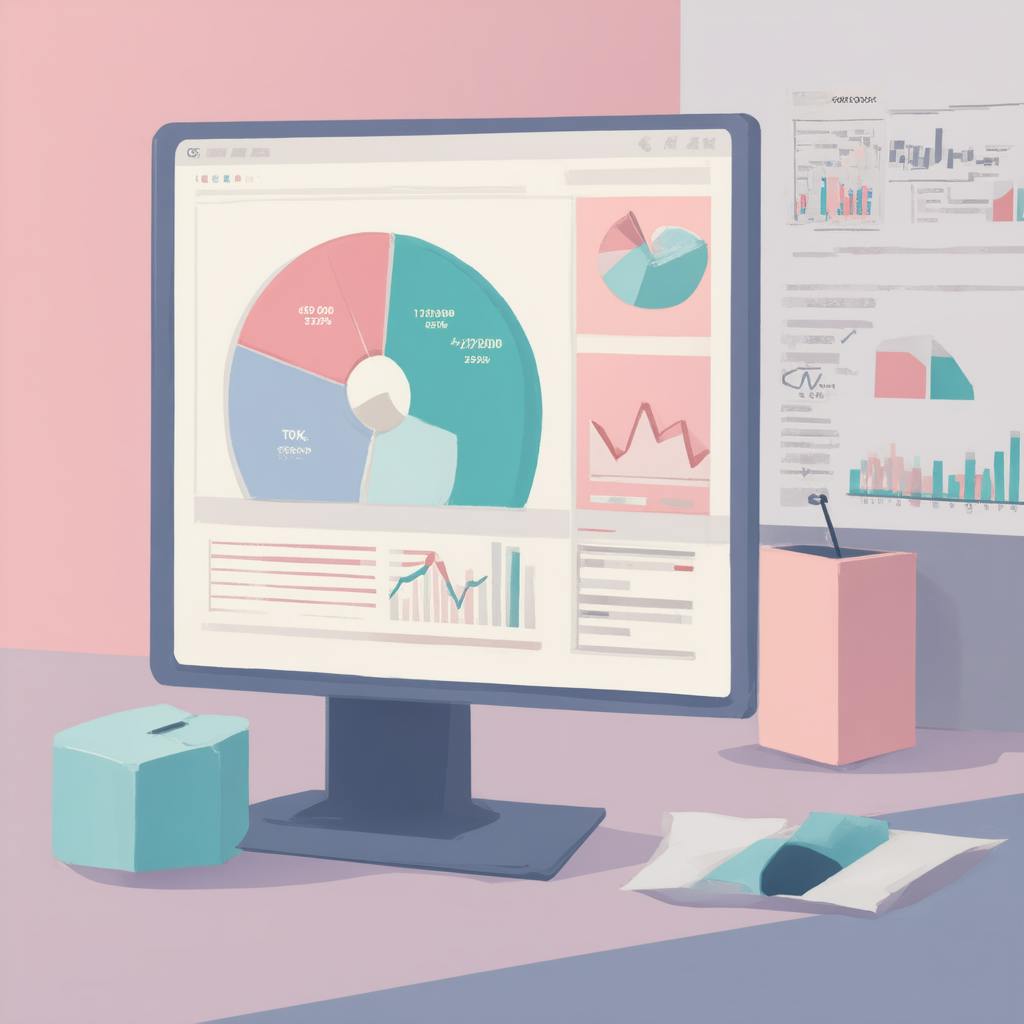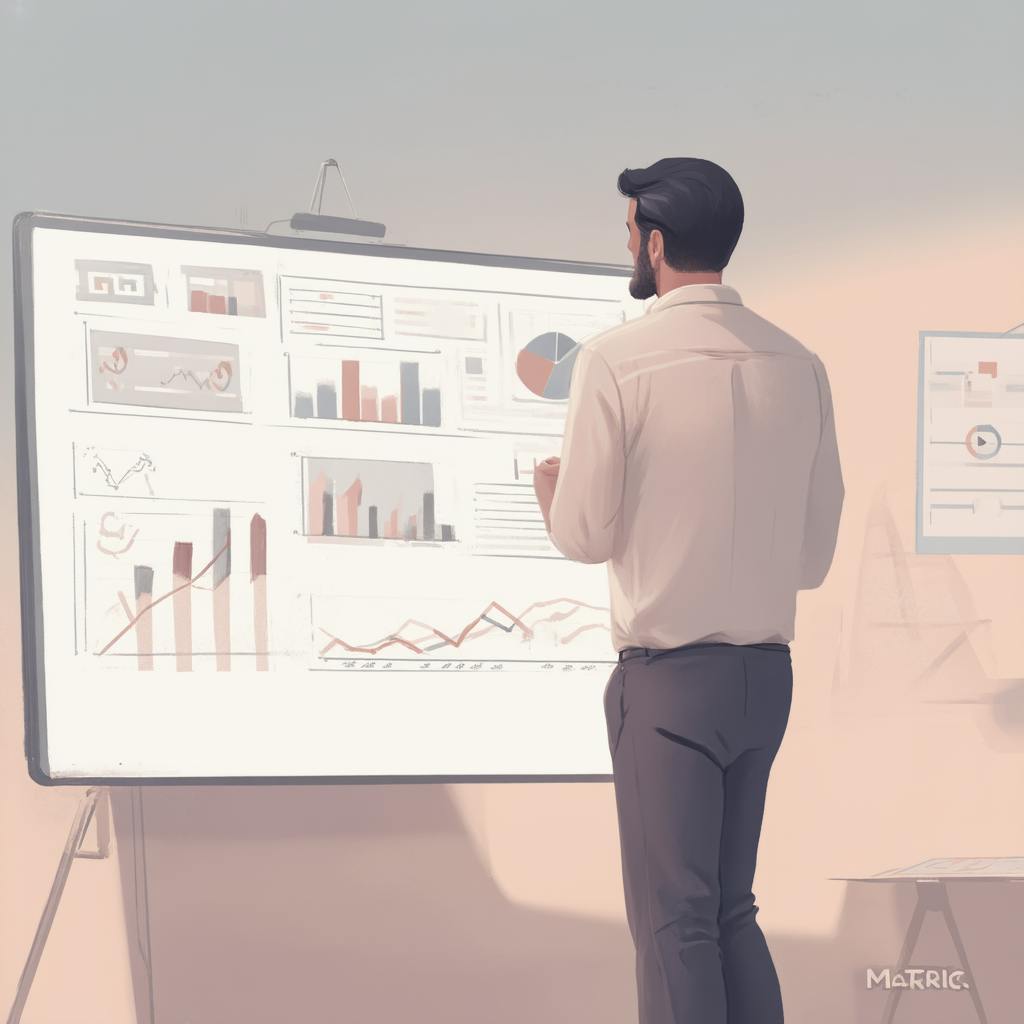In a design world where minimalism has long been the go-to style, maximalism graphic design is making a bold comeback. This expressive style embraces more color, more texture, and more personality — proving that more can actually be more. For creatives looking to break away from clean lines and quiet spaces, maximalism opens up a world of bold graphic design and visual storytelling. In this article, we’ll explore why this trend is gaining attention, how to use it well, and what makes it such a compelling choice in modern design.
Understanding Maximalism in Graphic Design
Maximalism in graphic design is all about richness and detail. Unlike minimalism, which focuses on clean lines and simple layouts, maximalism embraces visual overload by mixing bold colors, busy patterns, layered textures, and a variety of shapes. This eclectic design style doesn’t shy away from complexity. Instead, it uses it to create eye-catching visuals full of personality. The maximalist aesthetic is meant to grab your attention and hold it, leaving a strong and memorable impression.
Key Elements of Maximalist Design
Bold graphic design is at the heart of maximalism. It's not just about using bright colors, but about taking creative risks. Designers use bold shapes, strong contrast, and unique layouts to grab attention and try new ideas.
An eclectic mix is also key. Maximalist design often blends different styles and time periods. You might see retro patterns with modern fonts or hand-drawn art next to digital effects. These mix-and-match combinations give the design energy and surprise.
Layering adds depth. Designers often stack patterns, images, and textures on top of each other. This creates a busy, detailed look that invites people to explore the design further.
Energetic techniques bring movement to the page. Strong lines, busy layouts, and bold colors can make a design feel active and full of life. These elements keep viewers interested and focused.
Why Choose Maximalism?
Maximalism gives designers freedom. It lets them go big with ideas, colors, and layouts. For brands, it’s a great way to stand out. A bold, colorful design often makes a stronger impression than a simple one.
This style also works in many ways. It can fit fashion, tech, art, or even education. Maximalist design is flexible and full of personality — perfect for anyone who wants their message to be remembered.
Where Maximalism Works Best
Maximalism works well in industries that value bold ideas and strong visuals. Fashion, entertainment, and tech are great examples. These fields often rely on creativity to stand out, and maximalist design helps them do just that. It grabs attention and builds a clear, unique identity.
In fashion, bright colors and layered visuals reflect the energy of trends and styles. In entertainment, this design style creates excitement and buzz. Tech brands sometimes use maximalism to break away from clean, minimal interfaces. This makes them feel fresh, modern, and bold.
Maximalism and Digital Design
While maximalism is full of details, it can still work on digital screens. Good design keeps it from feeling messy. Designers use layout tricks like visual balance and clear spacing to guide the viewer’s eye. Strong contrast and color control help keep the look sharp but readable.
Even on mobile or small screens, maximalism can feel exciting instead of overwhelming—if it’s done with care.

AI made with Dean Jones
The Emotional Power of Maximalist Design
Maximalism often creates a strong emotional reaction. It can feel joyful, nostalgic, bold, or full of energy. The colors, patterns, and textures create a visual experience that people remember.
That emotional pull makes it a great choice for brands. When you want to connect with your audience and be remembered, a rich, expressive design can make a big difference.
Maximalism in Graphic Design: An FAQ Guide
Maximalism has become a bold and expressive style in graphic design, offering an alternative to minimalism’s clean and quiet approach. For designers drawn to rich visuals and layered storytelling, this style opens up new creative possibilities. Below are answers to common questions about how maximalism works and how to use it effectively.
What is Maximalism in Graphic Design?
Maximalism is the idea that more can be more. Instead of limiting design elements, it encourages bold use of color, texture, and detail. Maximalist graphic design includes techniques often found in bold graphic design styles, such as:
- Intricate patterns and overlapping elements
- Bright, varied color palettes
- Mixed textures and contrasting styles
This design style focuses on emotion and immersion. Each part of a composition plays a role in telling a bigger story or creating a stronger reaction.
How Can You Use Maximalism Effectively?
Although maximalism looks busy, successful designs are still planned and purposeful. Here’s how to make it work:
- Build around structure: Create a clear layout so the viewer’s eye knows where to go.
- Use color with intent: Bold colors should stand out, not fight each other.
- Layer for depth: Stack patterns, textures, and shapes to make the design feel full and alive.
- Tell a story: Choose visual elements that support your theme or message.
- Balance the chaos: Keep your layout balanced so it feels exciting, not overwhelming.
For designers exploring how tech tools fit into this style, AI and graphic design is opening new doors for creating complex and layered visuals with more efficiency.

AI made with Dean Jones
Where Can You See Maximalism in Action?
Maximalism shows up across many industries and media. Some popular examples include:
- Album covers: Coldplay’s Viva la Vida features expressive layering and color.
- Fashion branding: Gucci often uses maximalist visuals in its campaigns.
- Movie posters: Films like The Grand Budapest Hotel use detailed type and rich imagery.
- Interior design: Bright wallpapers and clashing patterns in home decor show how maximalist thinking can influence visual culture — a trend that’s been widely explored in spaces like Architectural Digest.
How Does Maximalism Compare to Minimalism?
Minimalism and maximalism use opposite strategies to communicate. Here’s how they differ:
- Minimalism: Focuses on simplicity. It uses few colors, clean lines, and lots of empty space to draw attention to the core message.
- Maximalism: Embraces abundance. It fills space with rich visuals, textures, and layers to create emotion and complexity.
Both styles are useful, depending on the project. Minimalism may suit a tech product or formal brand. Maximalism is great for expressive storytelling or brands that want to stand out.
Maximalism in graphic design challenges creators to go beyond clean lines and open space. It’s a style that invites risk, rewards creativity, and can produce unforgettable work when used with purpose. By understanding how to balance detail and direction, designers can use maximalism to make bold, lasting impressions.
Conclusion
Maximalism graphic design is a bold and colorful answer to the calm simplicity of minimalism. With its mix of vibrant visuals, rich textures, and energetic design techniques, it gives designers a new way to stand out. While it takes skill to keep the balance, the results can be powerful and memorable.
This expressive style isn’t just about filling space — it’s about making a statement. For creatives looking to break boundaries and explore new ideas, the maximalist aesthetic opens the door to true creative freedom.

